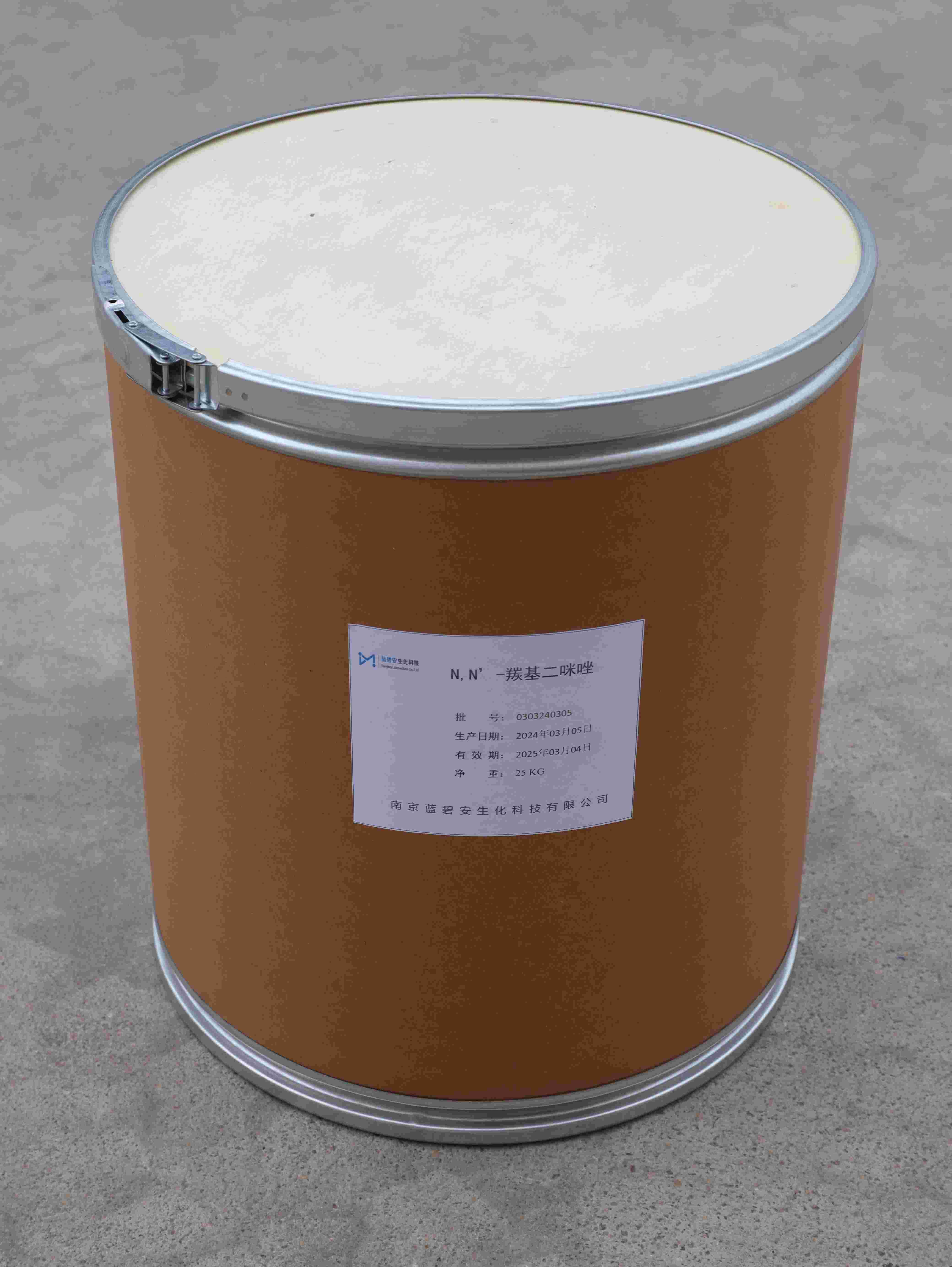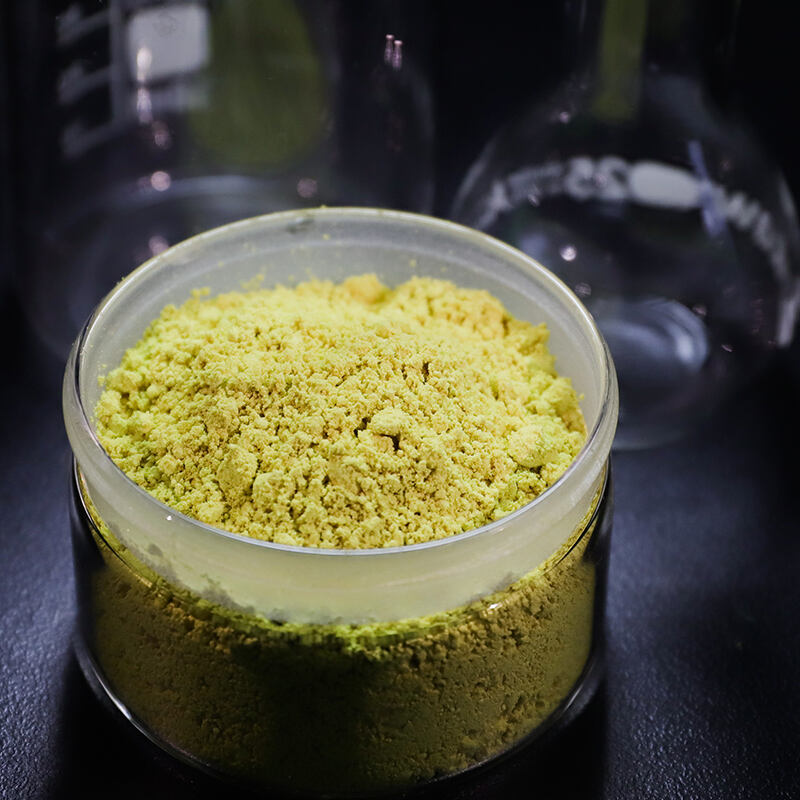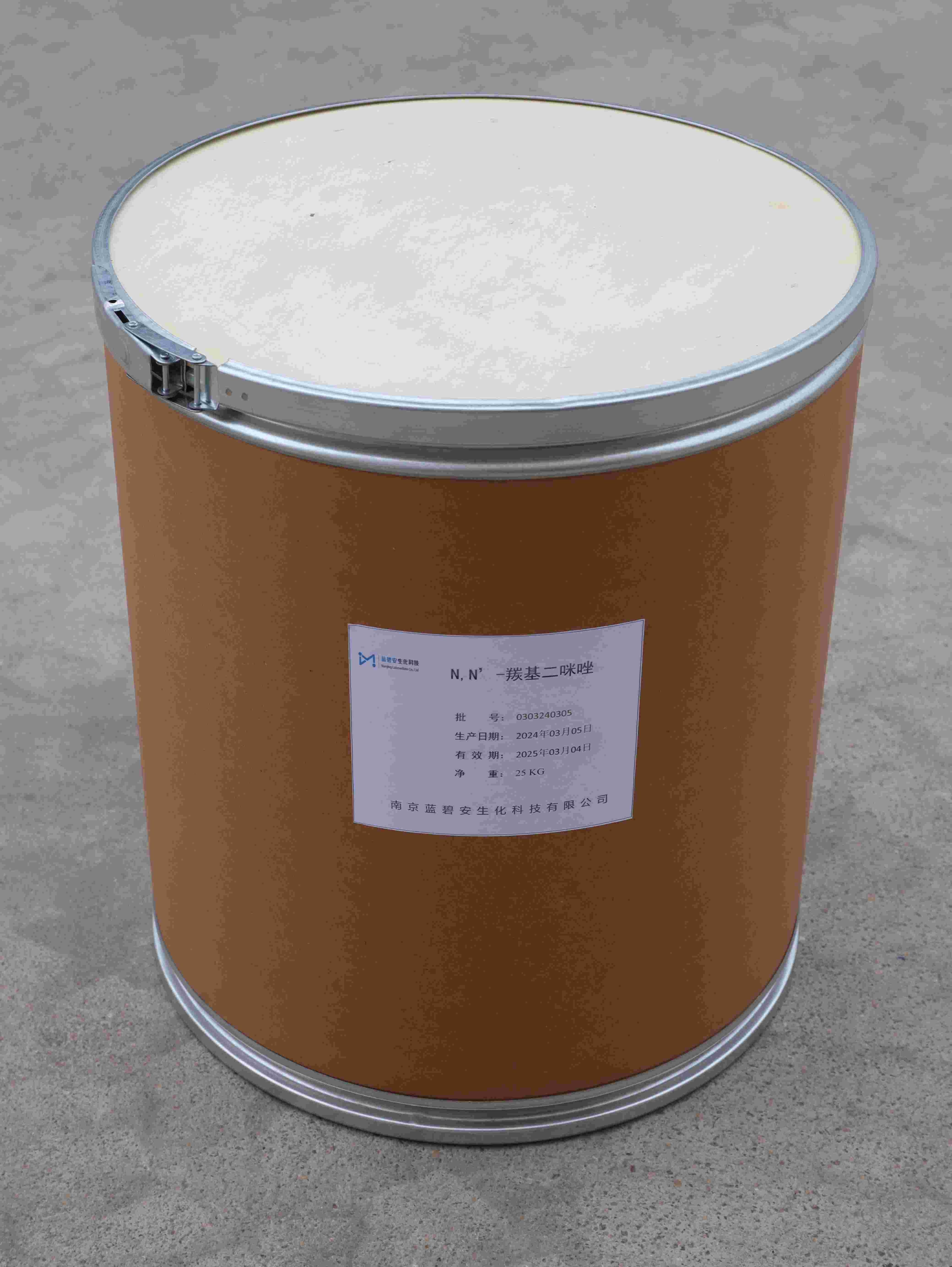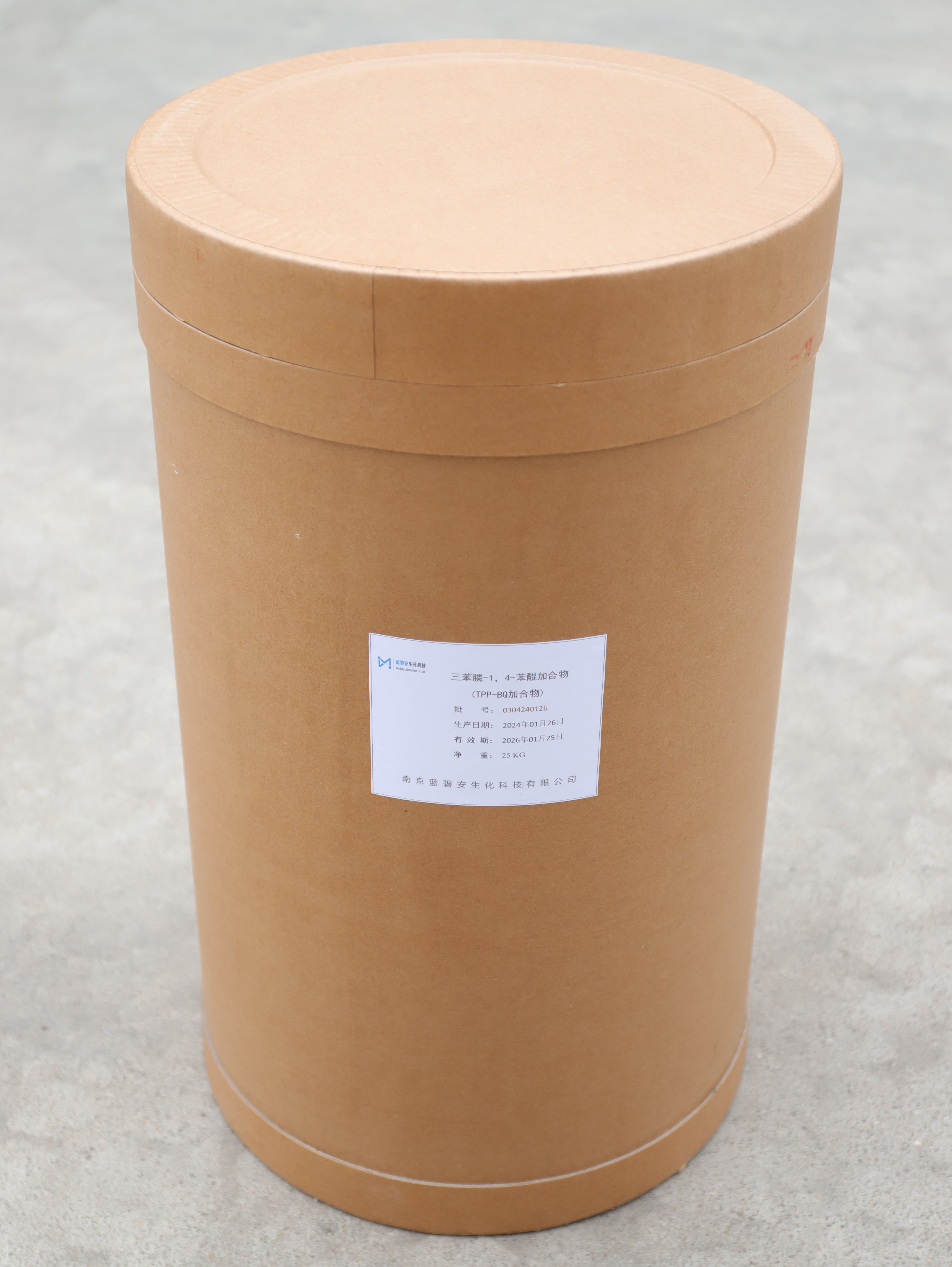reactivity of tppbq
The reactivity of tetraphenylbenzoquinone (TPPBQ) represents a fascinating area of organic chemistry with significant implications for various industrial applications. This compound demonstrates remarkable electron-accepting properties and undergoes reversible redox reactions, making it invaluable in multiple chemical processes. TPPBQ exhibits exceptional stability in both its oxidized and reduced forms, allowing for precise control in reaction environments. Its unique molecular structure, featuring four phenyl groups attached to a benzoquinone core, contributes to its distinctive reactive properties. The compound shows particular promise in organic electronics, serving as an electron transport material in devices such as organic light-emitting diodes (OLEDs) and organic photovoltaics. Additionally, TPPBQ's reactivity enables its use as a mediator in various organic synthesis reactions, particularly in coupling reactions and oxidation processes. The compound's ability to form stable radical intermediates makes it especially valuable in polymer chemistry applications, where it can initiate controlled radical polymerization reactions. Furthermore, its reversible electron-accepting nature has led to its investigation as a potential component in energy storage systems and molecular switches.











